1. What is Rinse Tea?
Talking about “rinse tea”, I’m afraid that people who like to drink tea may not feel unfamiliar to it. Literally, it means to wash the tea leaves, especially when brewing tea with teapot or Gaiwan in Chinese Kungfu method, we used to firstly infiltrate the tea, then pour the water out, and this process is called “rinse tea”. According to research, the term “rinse tea” began in the Northern Song Dynasty and has been used in tea drinking process all the time, and it has been used for nearly 700 years. The “Chinese Tea Dictionary” explains “rinse tea” as: “Rinse tea can remove the impurities on the surface of tea leaves, stimulate tea aroma and flavors.” So it can be seen that rinse tea is a habit that people have been using for thousands of years.


2. Why Do We Need to Rinse Tea?
About this question, the most common explanation is that rinse tea can help to remove impurities, bacteria on tea leaves; some people may think that they will be considered unprofessional and unhygienic if they don’t rinse tea; others believe that rinse tea can remove the pesticides residues on tea leaves, which is also a concern for many people. Actually, the pesticides, heavy metals and other indicators of the qualified teas which are normally circulates in the market are all within the safety limits stipulated by national standards. Meanwhile, with the development of agricultural science and technology, many tea gardens now use organically growing methods, and can prevent pests in more scientific way. In addition, most of the pesticides are actually fat-soluble and rarely soluble in water, so they cannot be easily removed by water. Generally speaking, the main purpose of rinse tea is to develop its taste.
To Remove Impurities
The fresh tea leaves will go through many processes to be made into the drinkable tea after picked from the trees. Some ripened pu-erh also needs the pile-fermentation process and then press into tea cake, so there will inevitably mix in some impurities, dust and tea dregs. Therefore, rinse tea before we brewing them can effectively remove most of the impurities. However, modern tea production and processing processes are becoming more and more mature, and the requirements for the environment and hygienic conditions are becoming increasingly stringent, so we need not to over-worry about the “dust” in tea.


Pre-heat Tea Wares
We all know that different tea need different brewing temperature, otherwise, the flavor of tea will not taste well. For example, green and black tea usually need 80 – 85℃ water, oolong and pu-erh usually need 100℃ water. If we don’t rinse tea, and inject the water directly into the teapot, the actual temperature of the brewing water will quickly drop many so that it cannot meet the requirements and the tea fragrance will not be fully displayed. So, rinse tea in the first will help us to warm our teapot and teacup, and to motivate tea aroma released better.
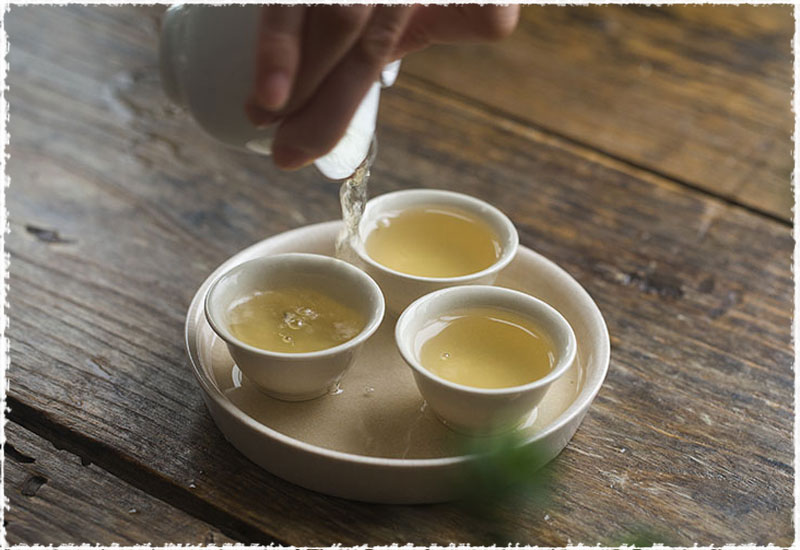
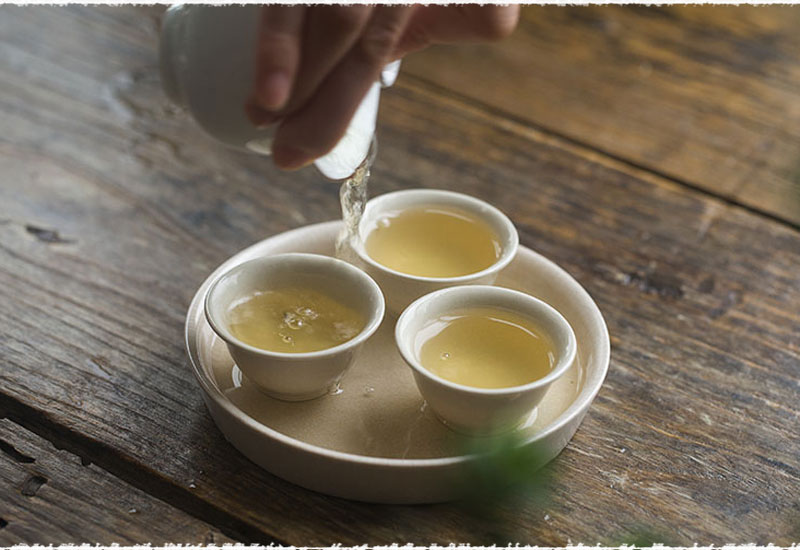
Awakening Tea & Moisturizing Tea
Tea lovers who like pu-erh tea may know that some aged pu-erh need to be “awakened” before brewing, in order to remove the stale flavor. In the same way, some aged white teas also need to rinse before brewing. In this way, the leaves that are pressed into the cake can be slowly stretched out, and the inner substances in tea can released quickly, so that the taste and aroma will be richer and mellower. Besides, for oolong tea, especially the green oolong, we usually keep them in refrigerator in order to maintain the aroma and freshness. However, the dry leaves will be cooler than usually, and if we brew them directly, the first steep will lack of fragrance and taste. On the contrary, if we rinse tea for once, then the taste and aroma will be much better.
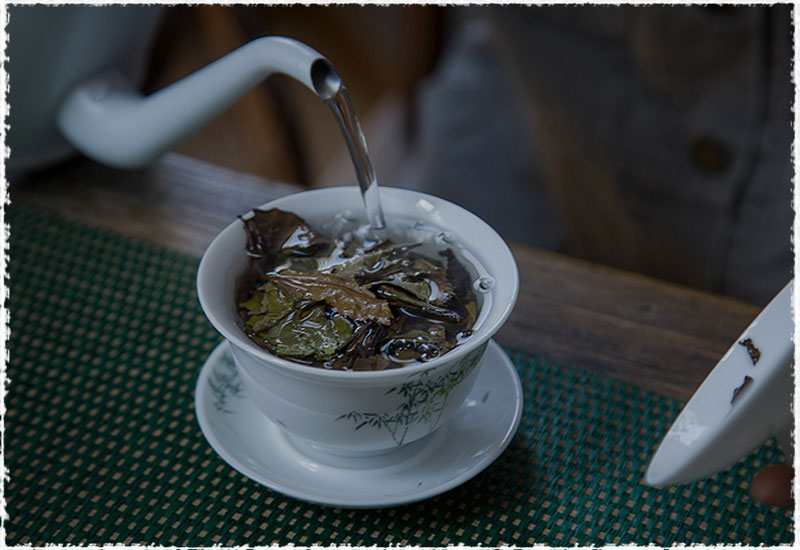
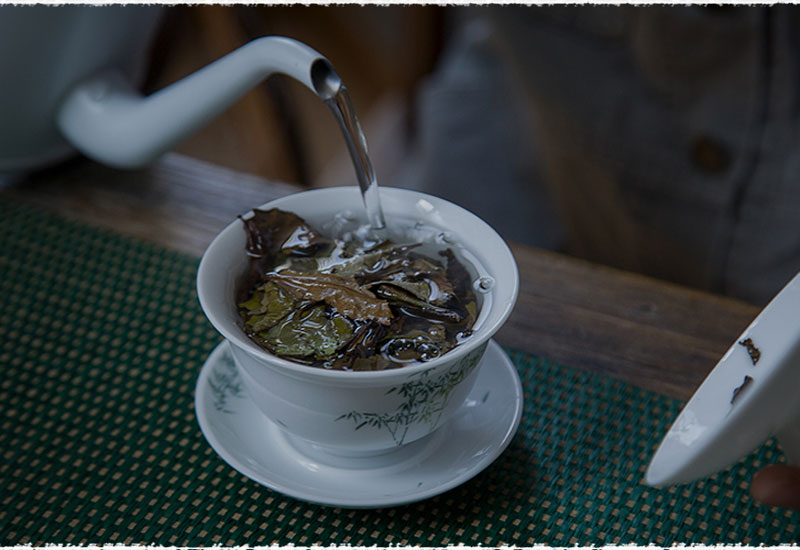
Reduce Brewing Time
For some granular tea like oolong tea, or some pearl-like tea such as Jasmine Dragon Pearls Green Tea and Fengqing Dragon Pearl Black Tea. Due to their leaves were rolled tightly, and it is hard to open them in the first steep, so the required brewing time may be longer than the following steeps. At this time, rinse tea can help us to reduce some brewing time and uncurl the tea leaves. Meanwhile, the tea which has been rinsed will come with a richer and mellower taste.
3. Methods and Tips of Rinse Tea
Infiltration way: Infiltration means that before we brew tea, we can take out some tea leaves, inject some water and then quickly pour the water out, it can also help to release the aroma of tea, which is also an important part of the value of tea.
Shave-foams way: Shave-foam means that we can inject the boiling water quickly and fill up the teapot at one time. At this time we will find there are some foams floating on the surface of tea liquid. Some people would like to shave these foams away, and then pour out the rinse tea water. (In fact, the main ingredient of these foams is tea saponin, which has antibacterial, anti-inflammatory and analgesic effects and is not harmful to our body.) This way is suitable for brewing oolong and Wuyi rock oolong tea.
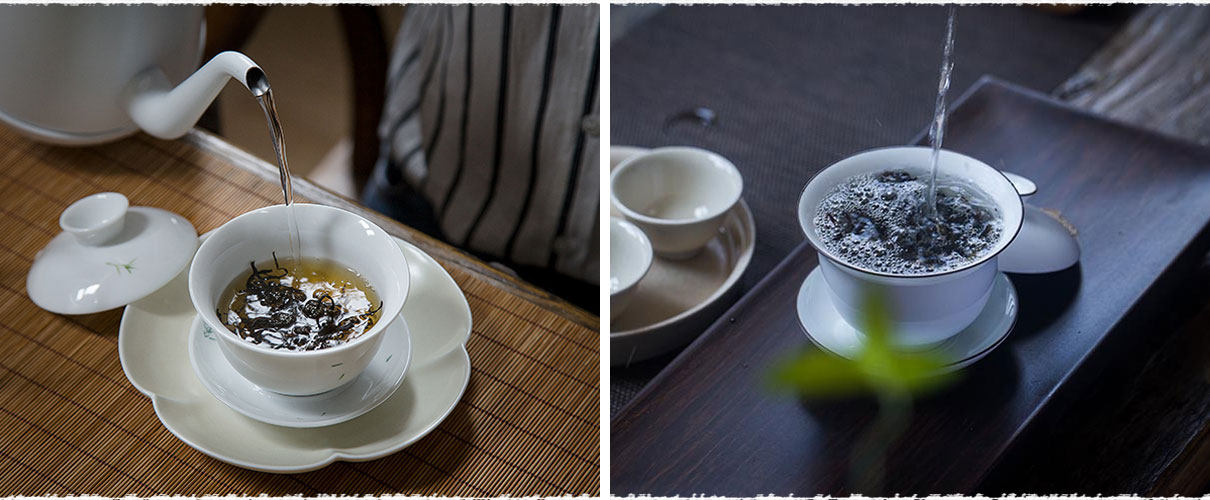

Warm Notice:
◆ Infiltration way should not use too much water, which is more appropriate when the water just submerge the tea leaves.
◆ Rinse tea time should not be long, within 5 – 10s is fine.
◆ For some tender teas, such as green and black tea, the water temperature of tea should not be too high, better be consistent with the required water temperature. Rinse them quickly otherwise the excessive nutrient loss will result in poor taste.
 Exploring the Charms of 2024 Spring Tea Garden with Angel
Exploring the Charms of 2024 Spring Tea Garden with Angel Yingde Black Tea
Yingde Black Tea Matcha vs. Green Tea Powder
Matcha vs. Green Tea Powder
